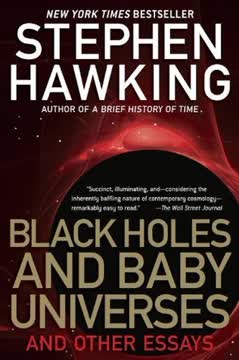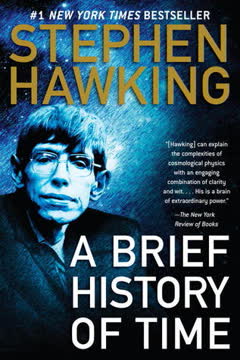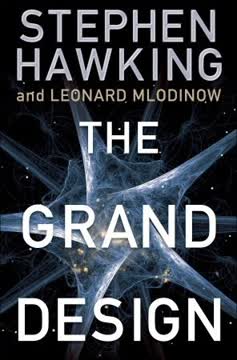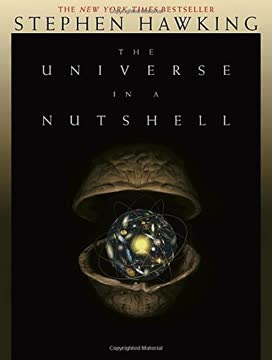Key Takeaways
1. Early Life and Overcoming Adversity
I try to lead as normal a life as possible and not think about my condition or regret the things it prevents me from doing, which are not that many.
A challenging start. Born exactly 300 years after Galileo's death, Hawking's childhood involved moving, progressive schooling, and a family considered eccentric. He was not physically coordinated and learned to read late, but showed early intellectual curiosity through complex games and an urge to understand how things worked.
Diagnosis and determination. Shortly after starting his Ph.D. at Cambridge, Hawking was diagnosed with ALS (motor neurone disease) and given only a few years to live. This initial shock and period of despair were overcome by the disease's slower progression than expected and, crucially, his engagement to Jane Wilde, which gave him a reason to live and work.
Adapting to disability. As his condition worsened, requiring a wheelchair and eventually taking away his speech, Hawking adapted with significant help from family, students, nurses, and technology. A computer system and speech synthesizer allowed him to continue communicating, lecturing, and writing, demonstrating resilience and a refusal to be defined by his illness.
2. The Nature of Scientific Theories and Reality
I regard the solipsist position that everything is the creation of our imaginations as a waste of time.
Models of the universe. Hawking views a theory of physics as simply a mathematical model used to describe observations. A good theory is elegant, explains a wide range of phenomena, and makes testable predictions. He argues that it's meaningless to ask if a theory corresponds to "reality" independent of the model we use to interpret it.
Theory precedes experiment. Advances in theoretical physics are often driven by the search for logical self-consistency and mathematical elegance, rather than solely by experimental results. Theories are proposed first, make predictions, and are then tested by observation; if observations disagree, the theory is abandoned or modified.
Reality is theory-dependent. What we perceive as real is conditioned by the scientific theory we subscribe to. Concepts like absolute space and time seemed real under Newtonian physics but were revolutionized by Einstein's relativity, illustrating that our understanding of reality evolves with our theoretical frameworks.
3. The Universe's Origin: From Singularity to No Boundary
This would mean that science alone could not predict how the universe began.
The Big Bang problem. The observation that the universe is expanding implies that galaxies were once much closer together, suggesting a point in the past (the Big Bang) where density and space-time curvature were infinite – a singularity. Classical general relativity predicts this singularity but breaks down there, meaning it cannot predict how the universe began.
Avoiding the singularity. Early attempts to avoid a beginning singularity included the steady state theory (continuous creation of matter) and models where the universe bounced from a contracting phase. However, observational evidence like the cosmic microwave background and singularity theorems disproved these alternatives, reinforcing the idea of a singular beginning.
The no-boundary proposal. Combining general relativity with quantum mechanics, the "no-boundary proposal" suggests the universe's history in imaginary time is finite but has no edge or singularity, like the surface of the Earth. In this state, the laws of science alone could determine the universe's initial conditions and evolution, removing the need for external intervention.
4. Black Holes: Not So Black After All
To my great surprise, I found that the black hole seemed to emit particles at a steady rate.
Gravitational collapse. Massive stars, after exhausting their nuclear fuel, collapse under their own gravity. If the mass is above a certain limit (about twice the sun's mass), the collapse continues until the escape velocity exceeds the speed of light, forming a black hole – a region from which nothing can escape.
The event horizon. The boundary of a black hole is the event horizon, a point of no return. Classical general relativity predicts that anything falling through the event horizon is trapped and collapses to a singularity at the center, losing all information except mass, charge, and angular momentum ("no-hair theorem").
Quantum emission. Counterintuitively, quantum mechanics predicts that black holes are not entirely black but emit particles and radiation (Hawking radiation). This occurs because virtual particle-antiparticle pairs constantly appear near the event horizon; one particle may fall in while the other escapes, appearing as emitted radiation, causing the black hole to slowly lose mass and eventually evaporate.
5. The Quest for a Unified Theory
Yet one must include gravity if one is to obtain a fully unified theory.
Four fundamental forces. Physics describes the universe through four fundamental interactions: strong nuclear, electromagnetism, weak nuclear, and gravity. Significant progress has been made in unifying the first three (e.g., the Salam-Weinberg theory unifying electromagnetism and weak forces, and Grand Unified Theories attempting to include the strong force).
The challenge of gravity. Gravity, though the weakest, is the most difficult force to incorporate into a quantum theory. Classical general relativity predicts singularities where it breaks down, necessitating a quantum theory of gravity to describe extreme conditions like the Big Bang or black hole interiors.
Supergravity and superstrings. Current candidates for a unified theory include supergravity and superstring theories. These aim to unify all particles (matter and force carriers) and interactions, potentially resolving infinities and providing a complete, parameter-free description of the universe, though experimental verification remains challenging due to the extremely high energies involved.
6. Imaginary Time and the Sum Over Histories
I think that imaginary time will come to seem as natural as a round earth does now.
Beyond real time. Imaginary time is a mathematical concept, distinct from the real time we experience, that behaves like another spatial dimension. While initially counterintuitive, Hawking argues it's a necessary tool for quantum gravity, just as a round Earth replaced the flat Earth concept.
Feynman's sum over histories. Quantum mechanics can be formulated by considering that a system doesn't have a single history but takes every possible path or history. The probability of an outcome is calculated by summing contributions from all possible histories, a concept crucial for applying quantum theory to the entire universe.
Space-time without boundaries. Applying the sum over histories to the universe, particularly in imaginary time, suggests histories that are finite but have no boundaries or singularities, like the surface of a sphere. This "no-boundary" condition allows the laws of physics to determine the universe's state completely, including its beginning.
7. Determinism, Free Will, and Human Behavior
Is everything determined? The answer is yes, it is. But it might as well not be, because we can never know what is determined.
The scientific challenge to free will. The existence of well-defined laws governing the universe suggests everything, including human actions, is predetermined. This raises philosophical problems about free will, responsibility, and how a simple theory can account for universal complexity.
Complexity from uncertainty. The universe's complexity arises from the quantum uncertainty principle in the early stages, leading to a family of possible histories. While fundamental laws are simple, the specific details of our history are one outcome among many, not uniquely specified in a trivial way by the basic equations.
Effective theory of free will. Human behavior, governed by complex biological systems (brains with ~10^26 particles), is practically unpredictable due to chaos and the sheer number of variables, despite underlying simple laws. We adopt the "effective theory" of free will and responsibility because it's impossible to calculate deterministic outcomes, and this belief has survival advantages reinforced by natural selection.
8. The Future of the Universe: Expansion or Collapse
So the crucial question for the future of the universe is: What is the average density?
Cosmic expansion. Observations show the universe is expanding, with galaxies moving away from each other. This expansion is remarkably uniform on large scales, allowing for predictions about the universe's overall fate based on its average density.
Density determines destiny. The universe's future hinges on whether its average density is above or below a critical value.
- Above critical density: Gravity will eventually halt the expansion, leading to a "big crunch" singularity.
- Below critical density: The universe will expand forever, becoming increasingly cold and empty.
The mystery of dark matter. Visible matter accounts for only about 1% of the critical density. Evidence from galaxy rotation and galaxy clusters indicates significant amounts of unseen "dark matter," bringing the total known matter to about 10% of the critical density. The existence of enough additional dark matter to reach the critical density remains an open question, possibly linked to inflation theory or undiscovered particles like massive neutrinos.
9. The Unexpected Success of A Brief History of Time
I am still rather taken aback by the reception given to my book, A Brief History of Time.
Aiming for a wide audience. Hawking wrote A Brief History of Time to explain complex ideas about the universe to a mass market, hoping to convey the excitement of scientific progress without relying heavily on equations (famously advised that each equation would halve sales).
Overcoming obstacles. The book's creation involved significant effort, including rewriting drafts based on editor feedback and adapting his communication method after losing his voice due to a tracheostomy, relying on a computer and speech synthesizer.
Impact and interpretation. The book's immense popularity exceeded expectations, becoming a long-running bestseller. While some bought it for the human interest story or as a status symbol, many readers engaged with the challenging concepts, demonstrating public interest in fundamental questions about the universe's origin and nature.
Last updated:
Review Summary
Black Holes and Baby Universes and Other Essays is a collection of writings by Stephen Hawking that offers insights into his life, work, and theories. Readers appreciate Hawking's accessible explanations of complex scientific concepts, though some find the content repetitive. The book covers topics like black holes, the origins of the universe, and the nature of time. Many reviewers praise Hawking's wit and ability to make physics engaging for laypeople. While some find certain sections challenging, overall the book is regarded as a fascinating exploration of cosmology and theoretical physics.
Similar Books
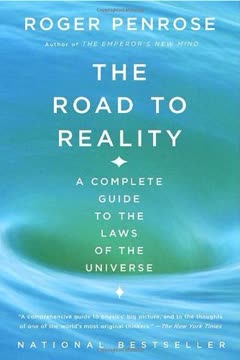
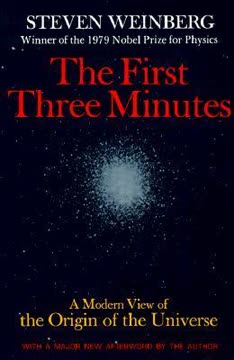
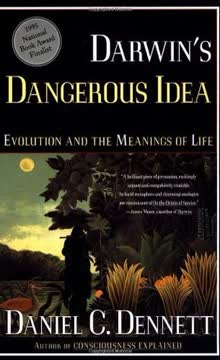
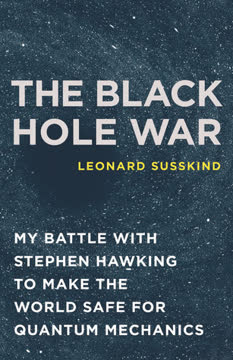

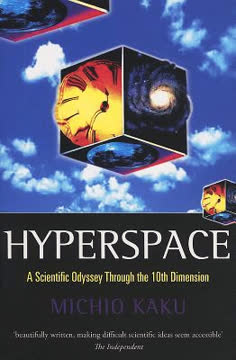

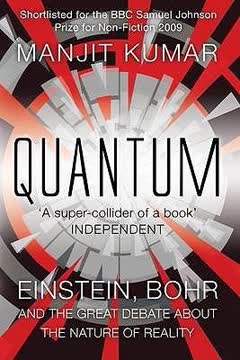
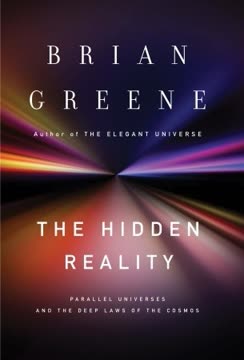
Download PDF
Download EPUB
.epub digital book format is ideal for reading ebooks on phones, tablets, and e-readers.
